Blue Lotus Flower Meaning and Symbolism Mythologian

BLUE LOTUS FLOWER HD WALLPAPER 9HD Wallpapers
Blue lotus (Nymphaea caerulea) is a type of water lily that is native to Egypt. It grows in wet soil surrounding lakes and rivers and is widespread along the banks of the Nile. Despite its name, the plant is unrelated to the pink lotus (Nelumbo nucifera) that is prevalent throughout East Asia.
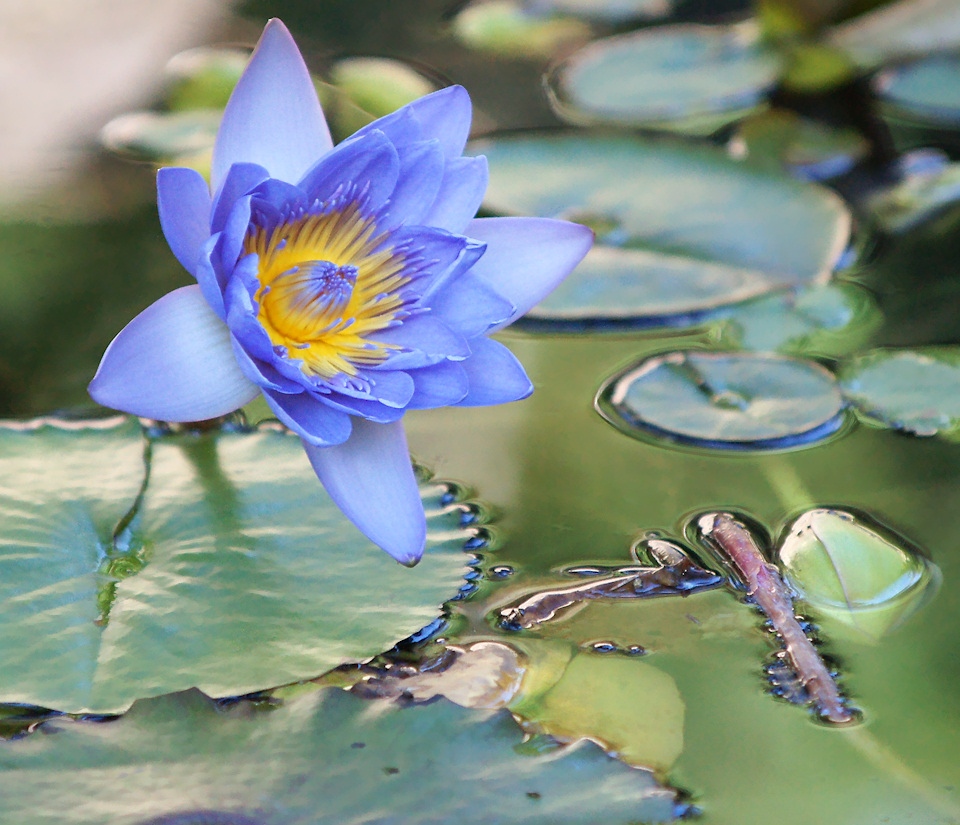
Blue Lotus Flower Meaning and Symbolism Mythologian
Nymphaea nouchali, often known by its synonym Nymphaea stellata, or by common names blue lotus, [3] star lotus, red water lily, dwarf aquarium lily, blue water lily, blue star water lily or manel flower, is a water lily of genus Nymphaea. It is native to southern and eastern parts of Asia, and is the national flower of Bangladesh and Sri Lanka.

Lotus blue Blue lotus flower, Blue lotus, Lotus
1. Using Blue Lotus Flower As An Aphrodisiac Blue lotus, particularly in ancient Egyptian culture, has been used as a natural aphrodisiac to boost libido and enhance sexual desire. Its potential aphrodisiac properties are believed to work by helping stimulate blood flow, potentially increasing sensitivity and arousal.

Blue Lotus Flower Meaning, Symbolism & Spiritual Significance Foliage Friend Learn About
Blue lotus ( Nymphaea caerulea ), also known as the blue water lily, is a mildly psychoactive flower used as a sacrament by several early civilizations, most notably by the ancient Egyptians. It had an important role in their religious and social rituals, as well as a central one in their mythology and a lesser one in their medicine.
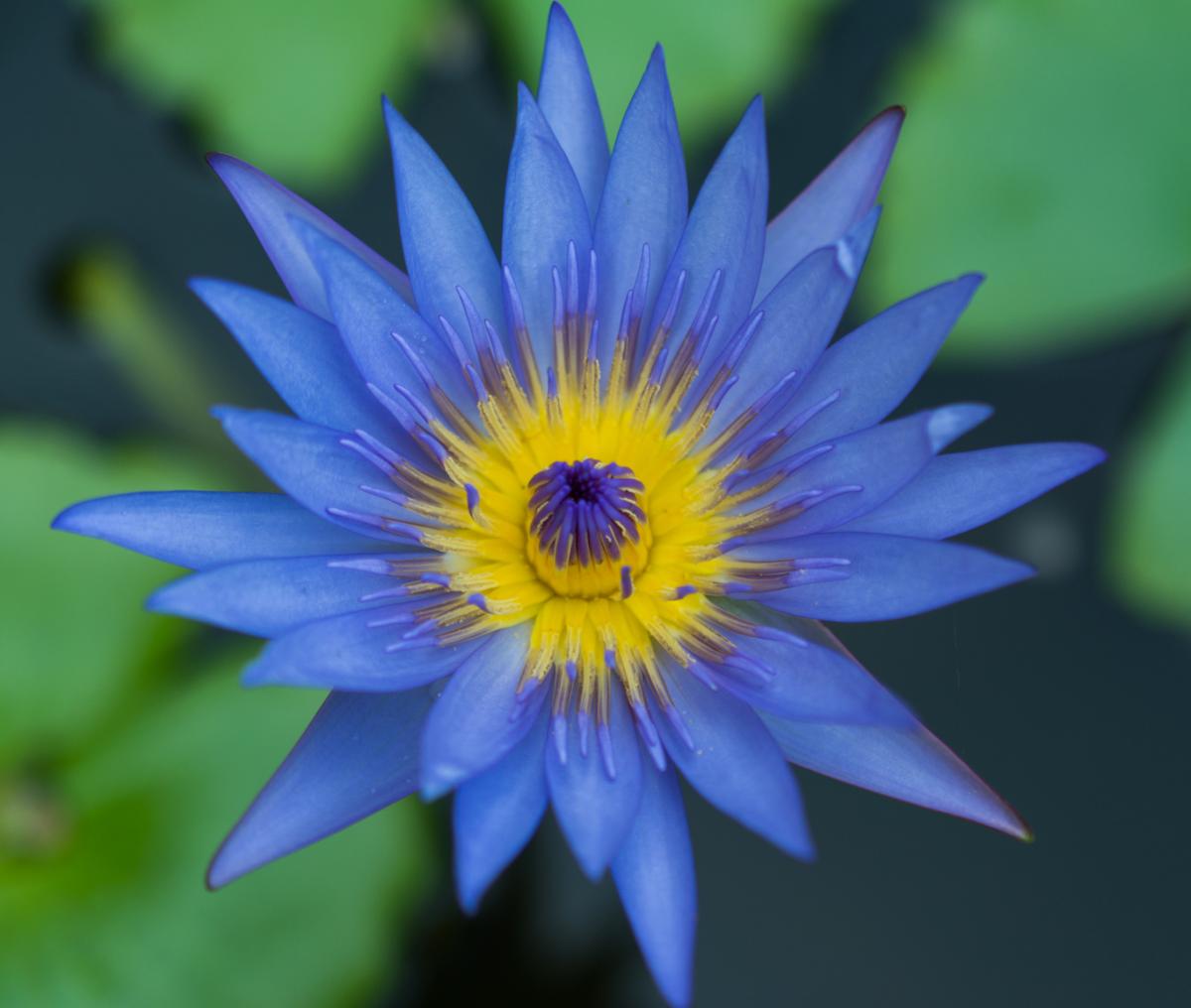
Lotus Flower Meaning and Significance All Over the World Spiritual Ray
Nymphaea caerulea, commonly known as blue lotus or sacred blue lily of the Nile, is a tropical water lily that features day-blooming, star-shaped flowers (to 4-6" across), each with upright, pointed, light blue petals spread flat on the water surface. Each leaf is connected directly to the plant rhizomes by a long leaf stalk (petiole).

Relax & Sleep's special ingredients Blue Lotus of the Nile Symbolically linked to wisdom
The blue lotus flower is traditionally used as a sleep aid, detoxifying agent, and aphrodisiac. It is rich in antioxidants and widely used in Ayurveda for relieving diarrhea, fevers, urinary problems, and heart palpitations ( 1 ). Ancient Egyptians and Mayans used blue lotus flowers as ritual plants to achieve euphoria and ecstasy.
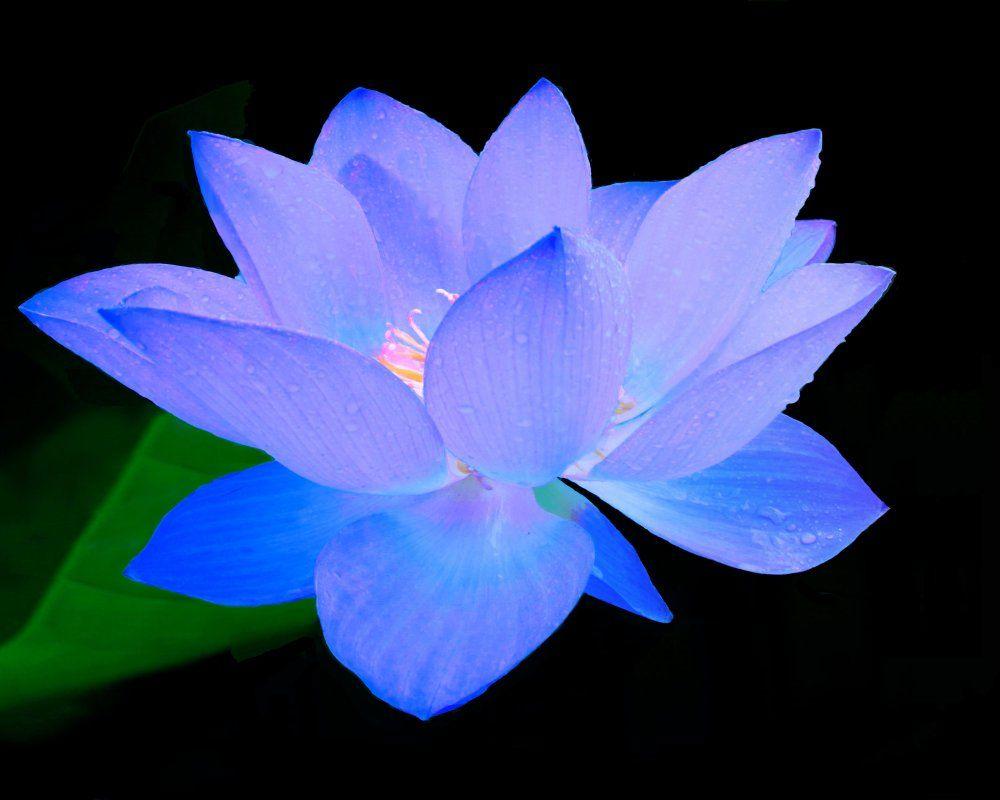
Blue Lotus Wallpapers Top Free Blue Lotus Backgrounds WallpaperAccess
The blue lotus flower, also known as the blue Egyptian lotus, is a water lily that contains the psychoactive compounds apomorphine and nuciferine. Apomorphine Apomorphine is a psychoactive compound that affects serotonin and dopamine physiology. It has been used to treat insomnia, depression, and schizophrenia.

Knowing More About The Beautiful Blue Lotus Flower
Blue lotus flower was a key component in ritual mourning and is frequently featured along with the white lotus in Egyptian art, artifacts, and hieroglyphics, dating back to the 14th century B.C. The frequent appearance of the plant in documented ceremonies and sacred iconography of dynastic Egypt—as seen on stelae, papyri, and vessels.
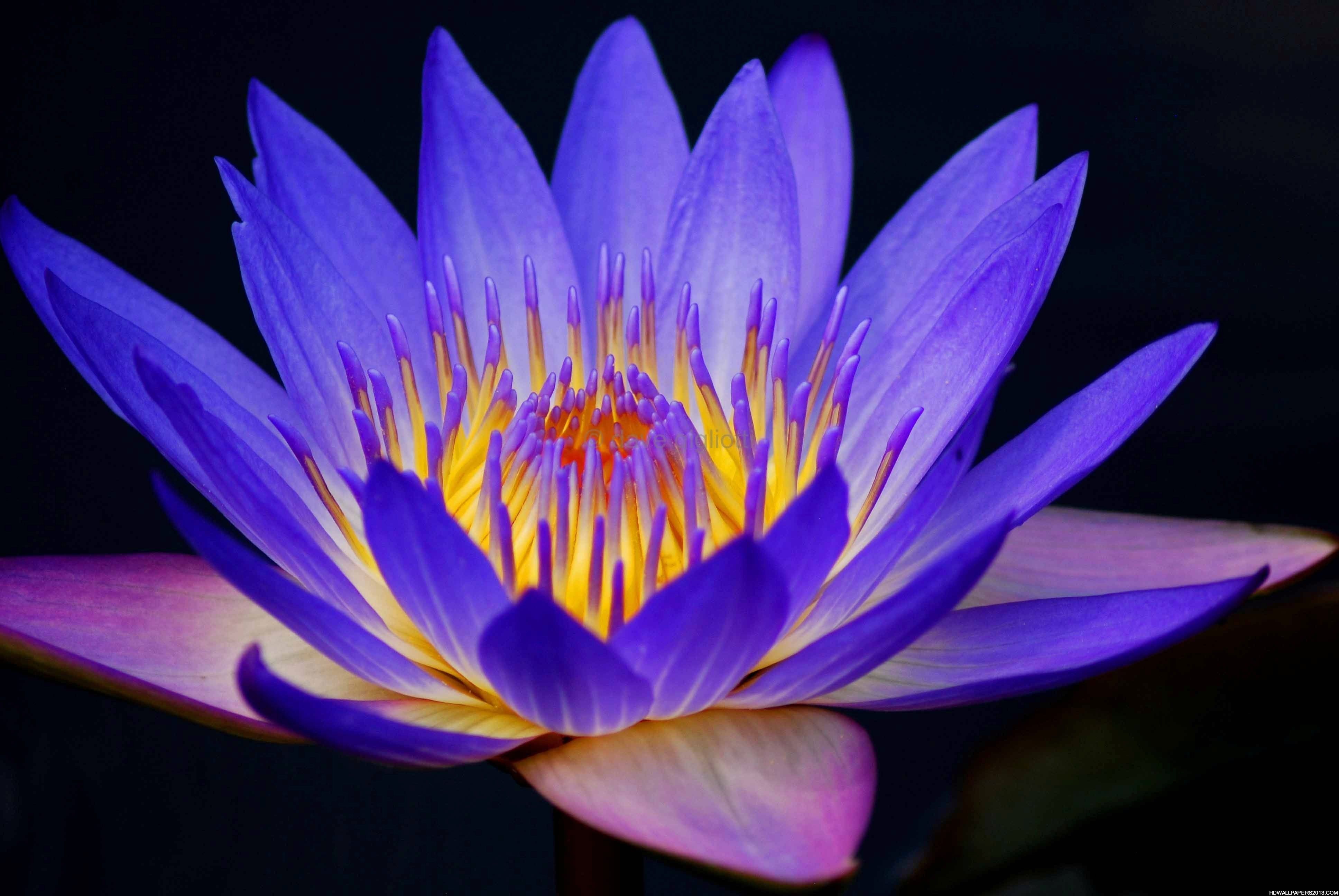
Blue Lotus Wallpapers Wallpaper Cave
Province flowers are species of plants selected to represent each province of Sweden.The origin of province flowers came from the American idea of state flowers, and was brought to Sweden by August Wickström and Paul Petter Waldenström in 1908.Waldenström published the proposal to introduce province flowers in the May 288, 1908 edition of the newspaper Stockholms Dagblad, and requested.
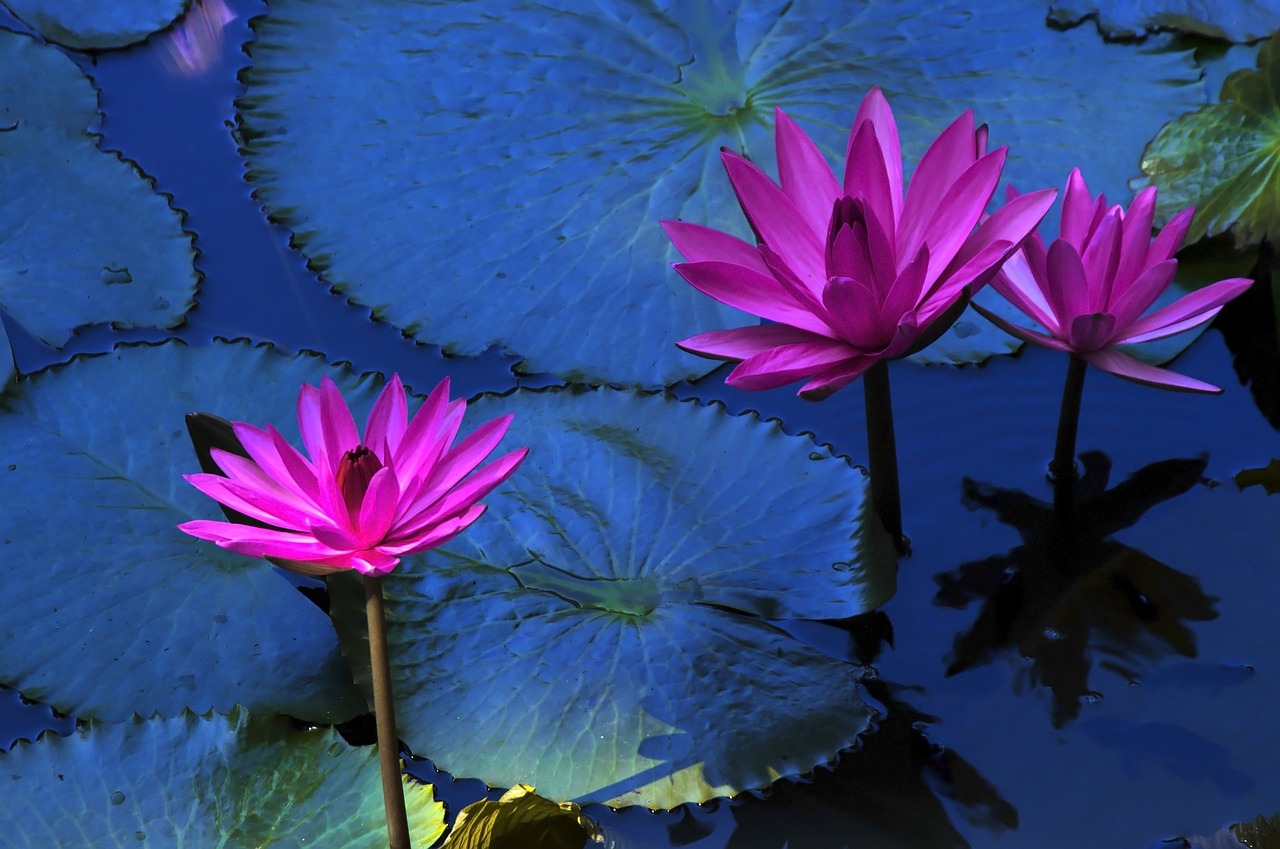
Smoking Blue Lotus Flowers Effects & Benefits
The blue lotus is sometimes referred to as the Egyptian Dream Flower. This is a direct reference to the hallucinogenic properties of its leaves. Blue lotus leaves have long been used for their ability to induce a hypnotic effect and act as a sedative.

Blue Lotus Flower Bliss Botanica Herbs and Teas
Blue Lotus (Nymphaea caerulea) is a sedative plant also known as Blue Water Lily, Egyptian lotus and the Sacred Lily of the Nile. Botanical Name Blue Lotus Flower ( Nymphaea caerulea) Taste & Effects Floral/Earthy taste. Noticeable relaxing effects. The "high" can last 20-30 minutes Commonly blended with Damiana, Raspberry leaves, Skullcap,

Sacred Blue Lotusnymphaea Caeruleablue Lotus Flower Etsy Australia
Blue Lotus (Nymphaea Caerulea), also known as sacred blue lily, Egyptian lotus, and blue water lily, is an aquatic lily known for its distinctive -and quite obvious- blue color. This magnificent aquatic plant has deep roots in ancient history, where it was prized for its ability to stimulate passion, induce restful sleep, and relieve anxiety.
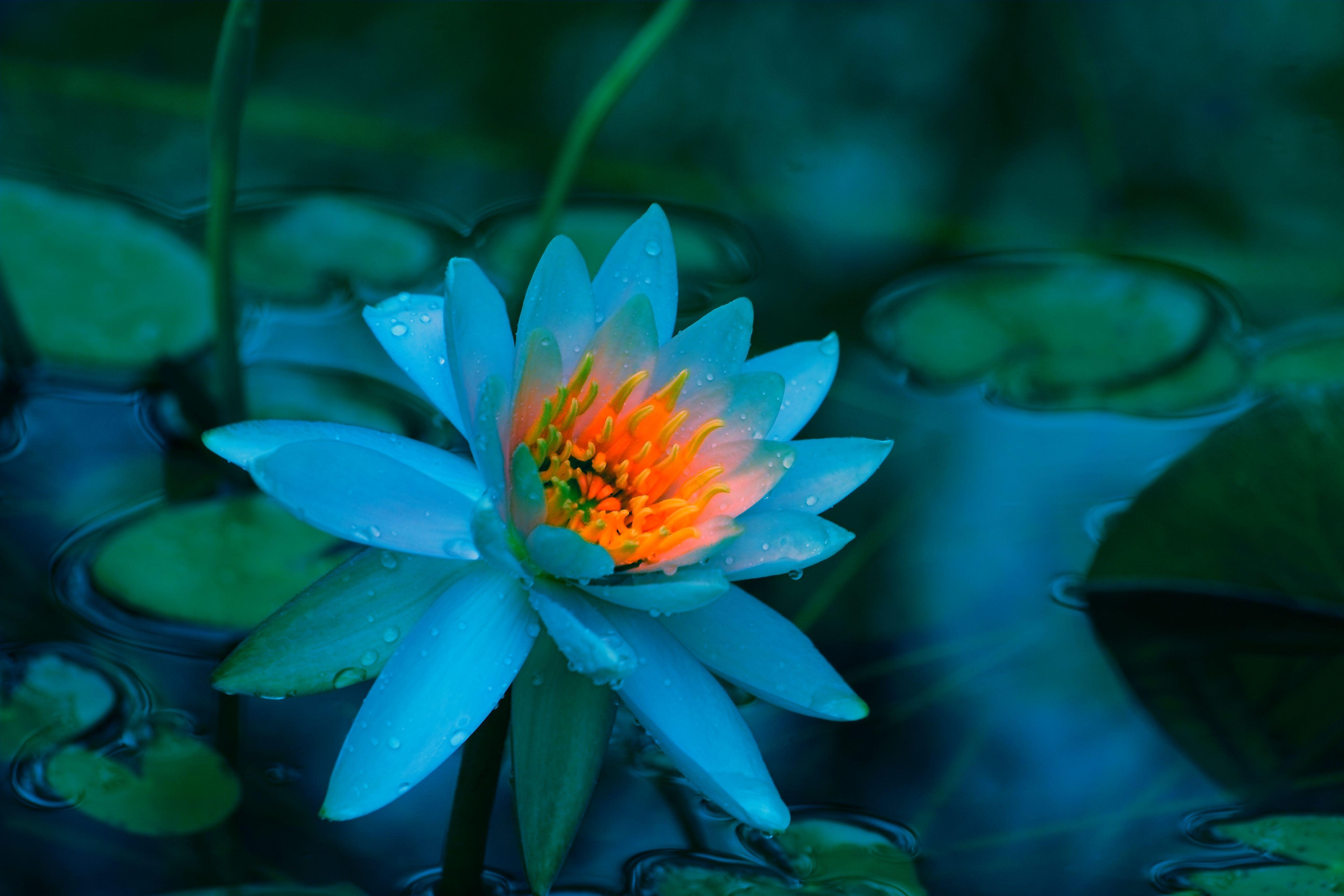
Blue Lotus Wallpapers Top Free Blue Lotus Backgrounds WallpaperAccess
Nelumbo nucifera, also known as sacred lotus, Indian lotus, [1] or simply lotus, is one of two extant species of aquatic plant in the family Nelumbonaceae. It is sometimes colloquially called a water lily, though this more often refers to members of the family Nymphaeaceae. [2]
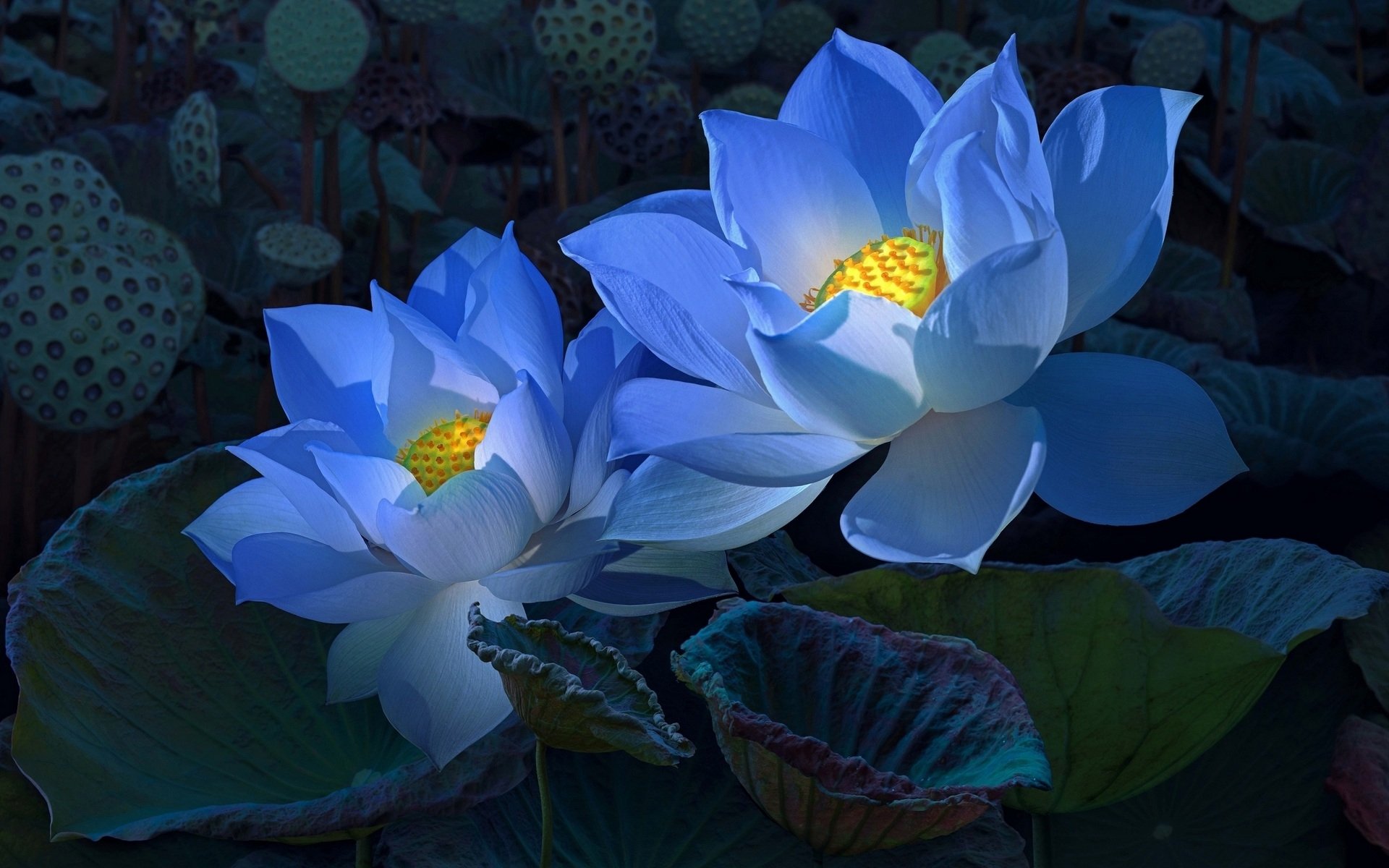
Blue Lotus Flowers
Blue lotus ( Nymphaea caerulea) is an aquatic plant found in freshwater ponds and lakes around Eastern Africa. The flower of the blue lotus was closely associated with the sun. In the morning, when the sun rises, the petals open. At night, when the sun goes down, the petals close again.

Free Images petal, pond, blue, sacred lotus, aquatic plant, flora, wildflower, close up, lotus
Blue lotus, also known as Nymphaea caerulea, is a beautiful aquatic plant that has gained popularity for its vibrant blue flowers and calming effects. For those interested in growing blue lotus, it is important to understand the ideal growing conditions in order to promote healthy plant growth and beautiful blooms.

Blue Lotus Amsterdam Herbs
Unveiling the Blue Lotus Flower The Blue Lotus flower, scientifically termed as *Nymphaea caerulea*, is a water lily native to regions in Egypt and Sudan. This mystical bloom has often been illustrated in ancient Egyptian art and carved on monuments, signifying its esteemed position. It occupies a unique position in ancient Egyptian history.